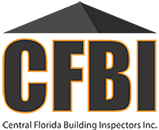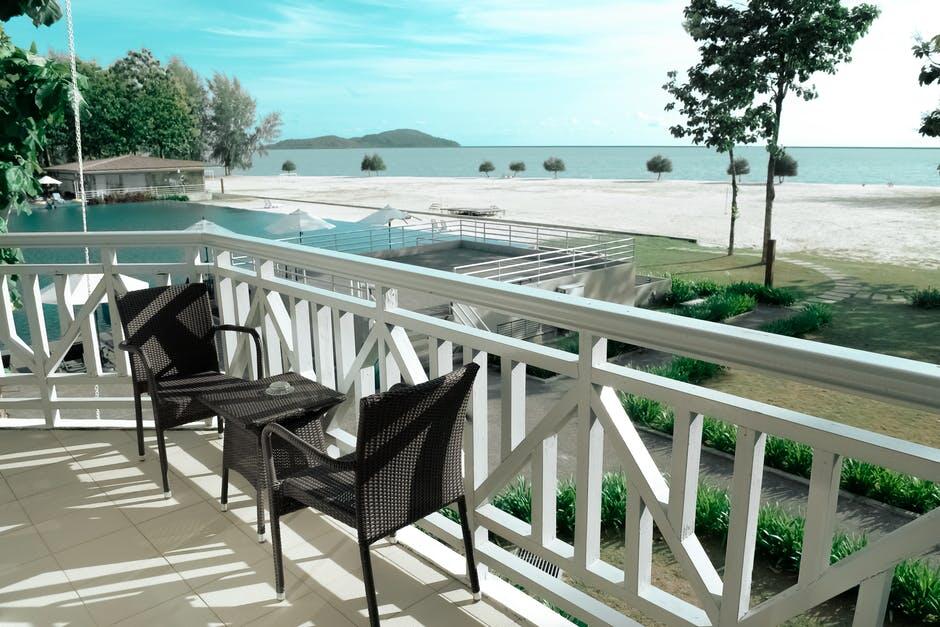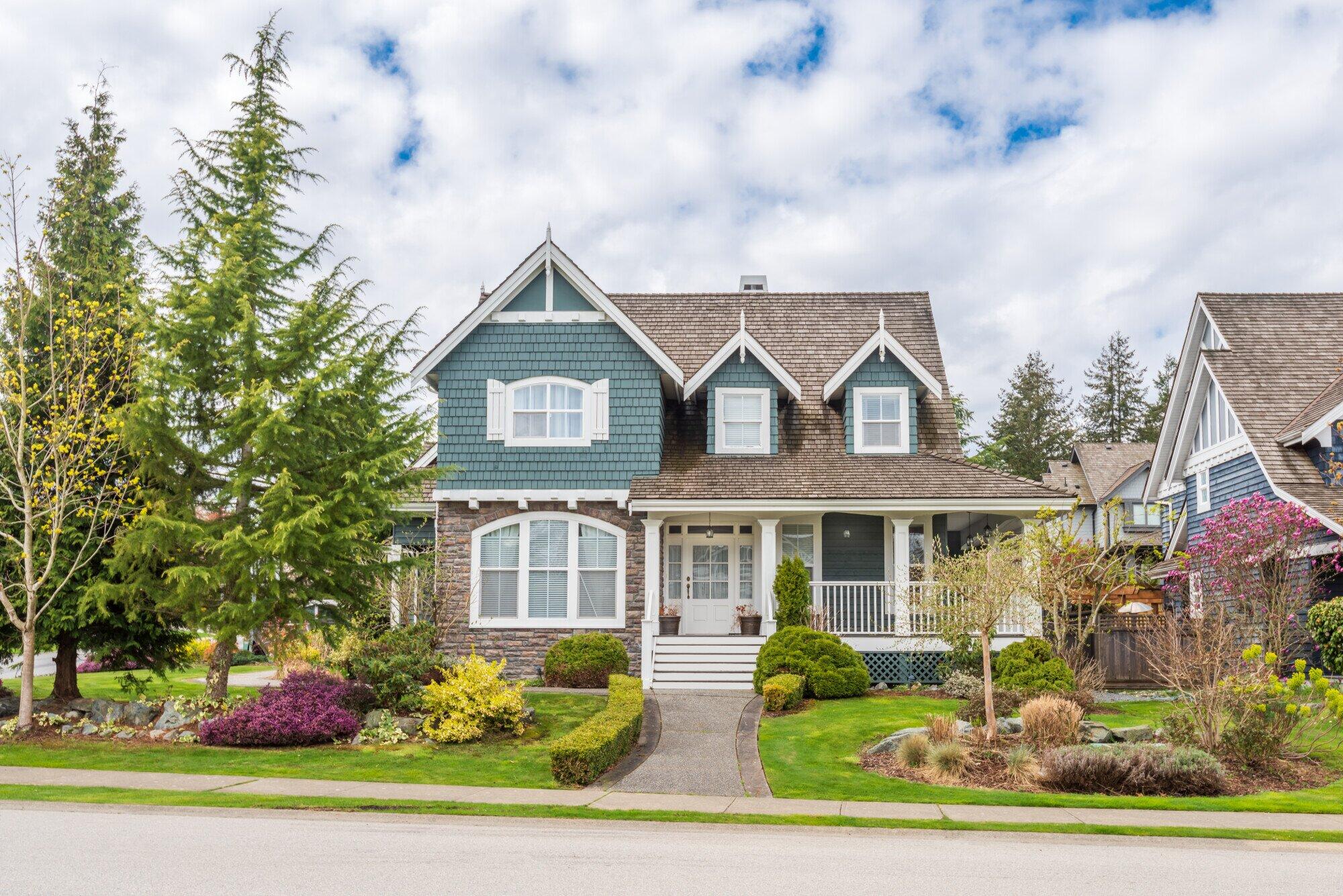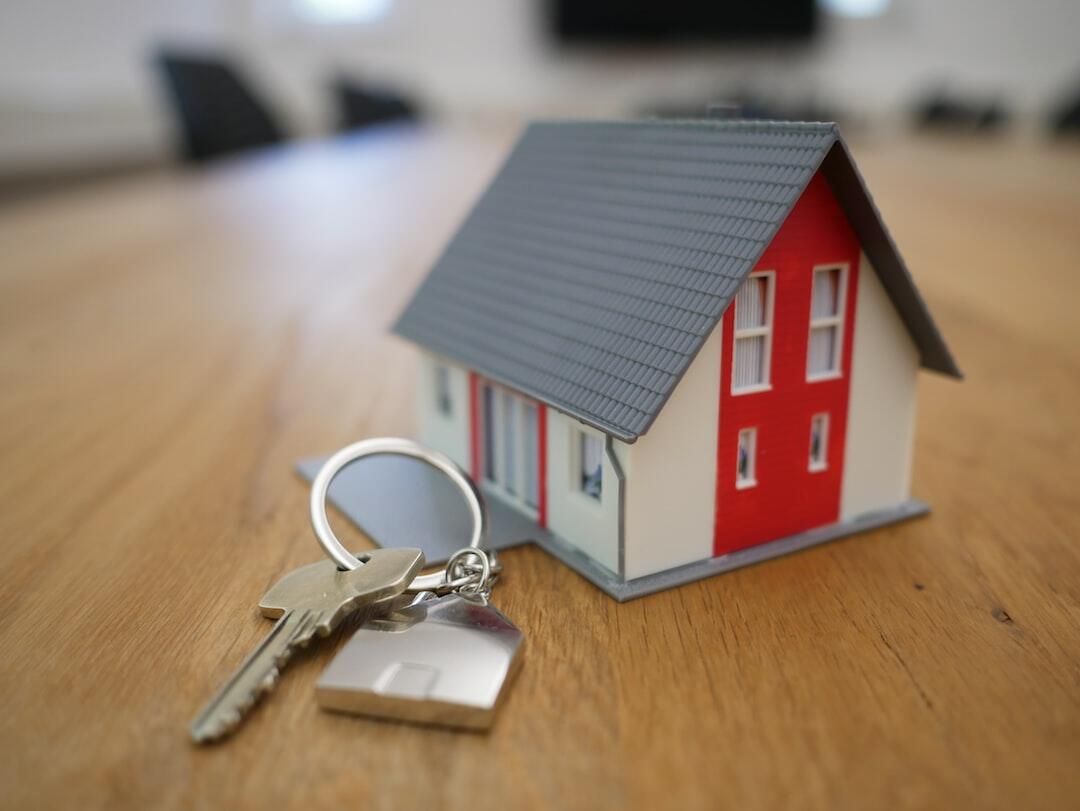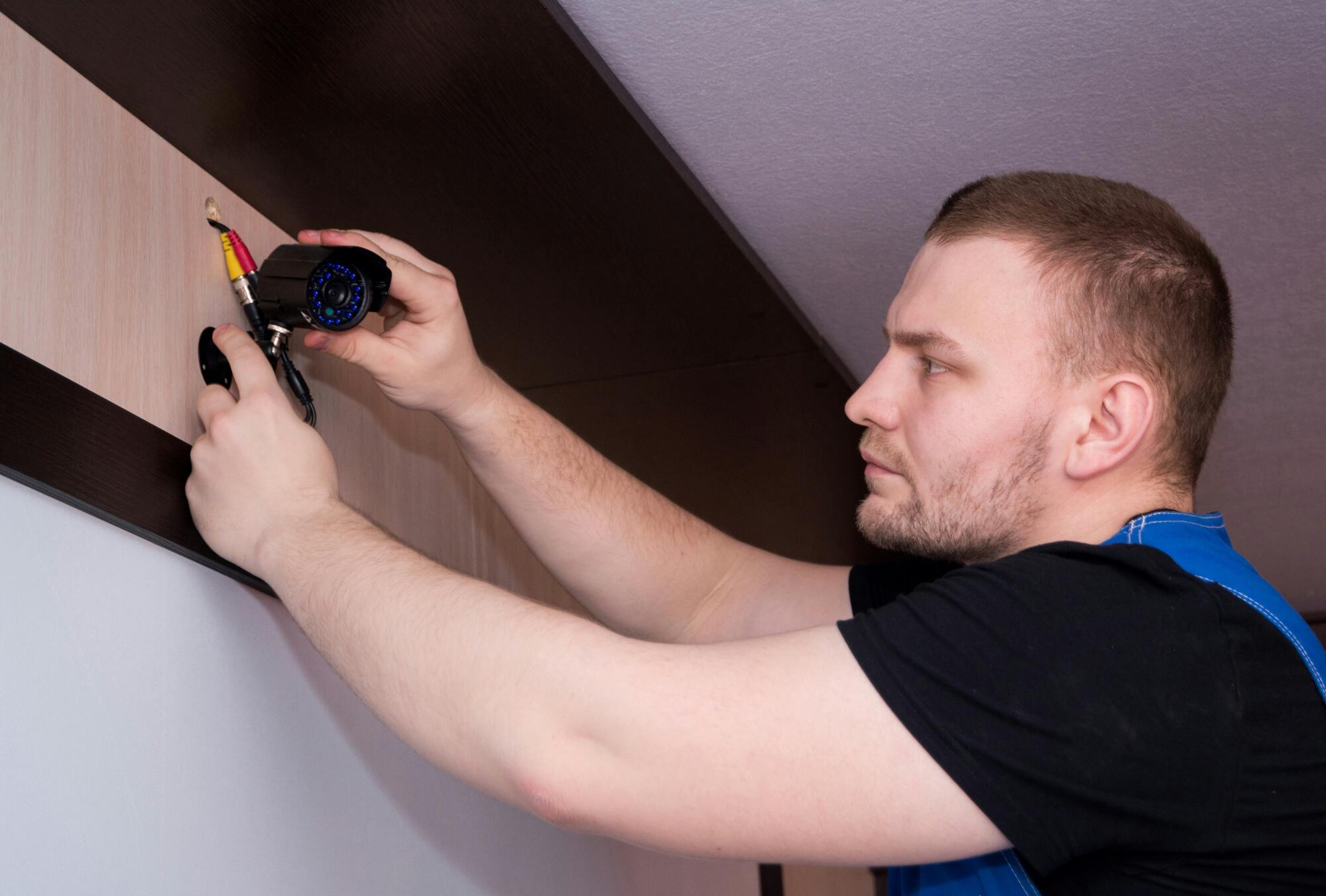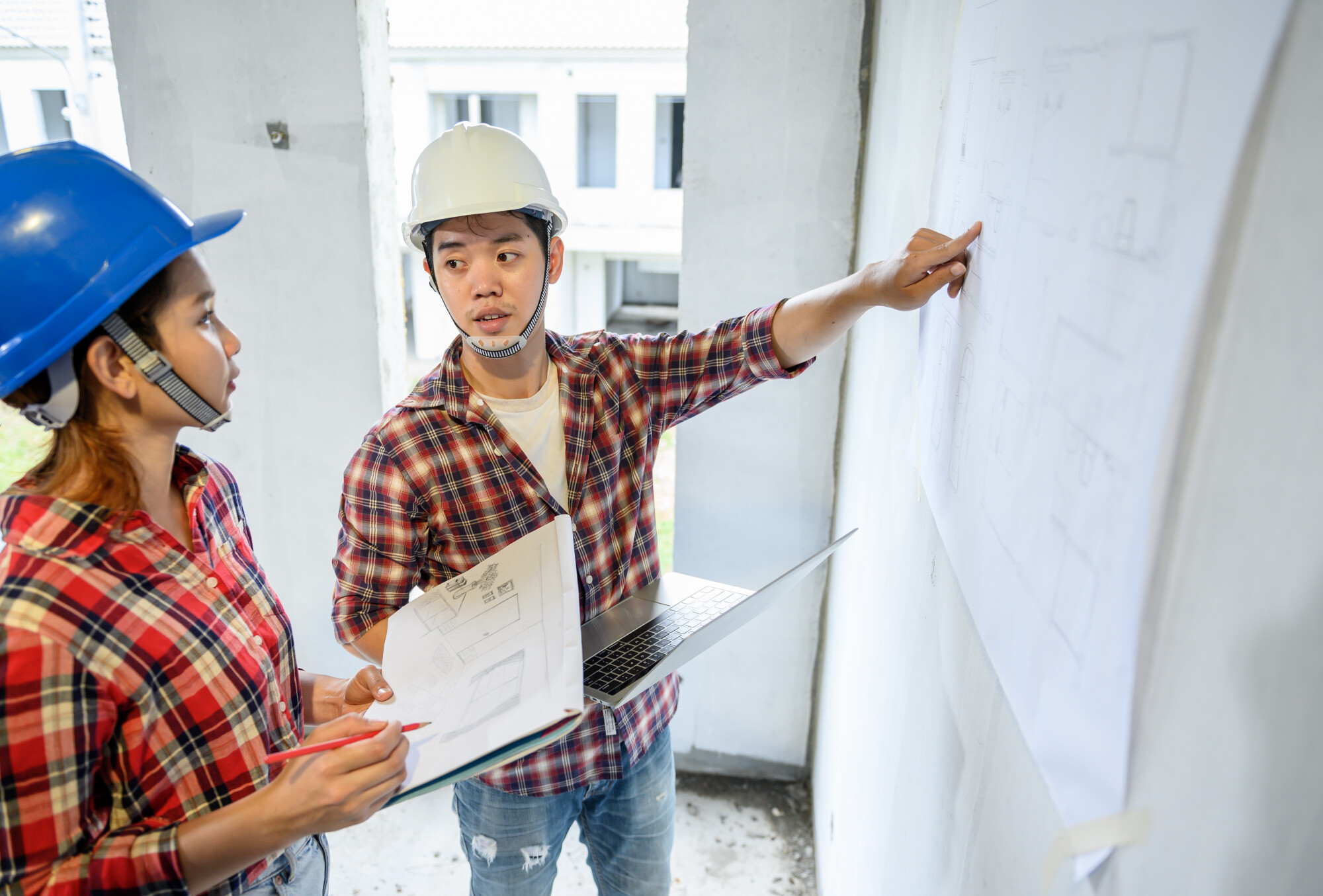You’re about to start a new construction project, but find yourself getting nervous about the cost. What can you do?
The best move is to craft a construction budget!
Today we’re guiding you through the process of crafting an accurate budget that not only anticipates the obvious expenses but also prepares you for the unforeseen ones!
Construction Budgeting
When we talk about a new construction budget, we’re diving into how much money you need to bring your building dreams to life. It’s all about planning and predicting the costs of your new construction project.
A well-made budget does more than just add up prices. It guides you through the financial part of building something new. It helps you see where your money is going and why.
Budgeting for a new project is different from planning expenses for something you’re fixing or updating. With new construction, you start from scratch.
This means you need to think about every single cost. From the ground up, every brick, nail, and hour of work needs a place in your budget.
Having a budget keeps your project’s money matters in order. It makes sure you have enough cash to cover everything from the big stuff like materials to the small things you might not think about at first.
Estimating Your New Construction Costs
Estimating costs is the first step when planning a new construction project. It’s about making an educated guess on how much everything will cost.
Before you dive deep into the details, it’s wise to do some homework. Look into the current prices for materials and labor in your area. This early legwork helps set a realistic starting point for your budget.
Reaching out to professionals for estimates can also guide you. Experts in construction know the ins and outs of budgeting for these projects.
They can provide valuable insights that you might not consider on your own. This step is about getting a clearer picture of what your project will demand financially.
Using construction budgeting software is another smart move. These tools are designed to make budgeting easier. They can help you keep track of costs and manage your money better.
This technology can be a real game-changer in staying organized and making sure your project doesn’t go over budget.
Construction Direct Costs
Direct costs are the expenses you can directly link to the construction work. This includes materials, labor, and equipment. These are the core components of building something new.
For materials, think about everything from cement and bricks to nails and paint. The prices can vary widely based on quality and availability. Labor costs are what you pay your workers.
This can be a big part of your budget, especially if your project is labor-intensive. Then there’s equipment. Some projects need special tools or machines, which you might need to buy or rent.
Construction Indirect Costs
Indirect costs are not tied directly to the physical construction but are essential for completing the project. This includes things like project management.
A good project manager keeps everything moving smoothly, but their expertise isn’t free. There are also permits.
Most construction projects need some form of official permission to start. Getting these permits costs money.
Insurance is another indirect cost. It protects you against potential losses or damages during the project.
Safety measures are also part of indirect costs. Making sure your work site is safe can involve special equipment or training for your team.
Managing and Allocating Funds
Handling money for construction materials is a big part of keeping your project within budget. It’s not just about buying what you need. It’s also about spending wisely and not wasting resources.
To do this, planning is essential. You need to know exactly what materials you need, how much of them, and when they should be delivered to the site.
One way to save money is by comparing prices. Don’t just buy from the first supplier you find. Look around and see if there are better deals.
Sometimes, buying in bulk can save you a lot. But be careful not to buy more than you need. Excess materials can become wasted money.
Contingency planning is another important strategy. This means setting aside a bit of your budget for unexpected costs.
Maybe you find out you need more of a certain material or prices go up. Having a contingency fund helps you deal with these surprises without breaking your budget.
Waste management is also crucial. Try to estimate accurately how much material you’ll use to reduce leftovers.
And if you do have extra materials, think about how you can use them in other parts of the project.
The Unseen Hurdles
In new construction, there are often financial surprises and hidden costs that can pop up. Being ready to adjust your budget is key to dealing with these challenges.
One of the first steps is to identify potential surprises. These could be anything from finding out the land needs more preparation than you thought to a sudden rise in material costs.
When these things happen, having a flexible budget means you can handle them without too much stress.
Adjusting your budget also involves making tough choices sometimes. You may need to decide what’s absolutely necessary and what you can do without.
This might mean changing your plans or finding more cost-effective solutions. It’s all about balancing what you want with what you can afford.
Finally, staying open to changes and being willing to update your budget are important. It’s unlikely that your first budget will be perfect. As your project moves forward, you’ll learn more about what you need and how much it costs.
Budgeting for Construction Success
Crafting a budget for new construction requires careful planning, flexibility, and continuous monitoring.
Central Florida Building Inspectors was established to provide accurate and trust-worthy residential, commercial and industrial inspections for a potential buyer or seller. We have been in business since 1988 and perform thousands of home & commercial inspections every year.
Get in touch today to find out how we can help your projects!
